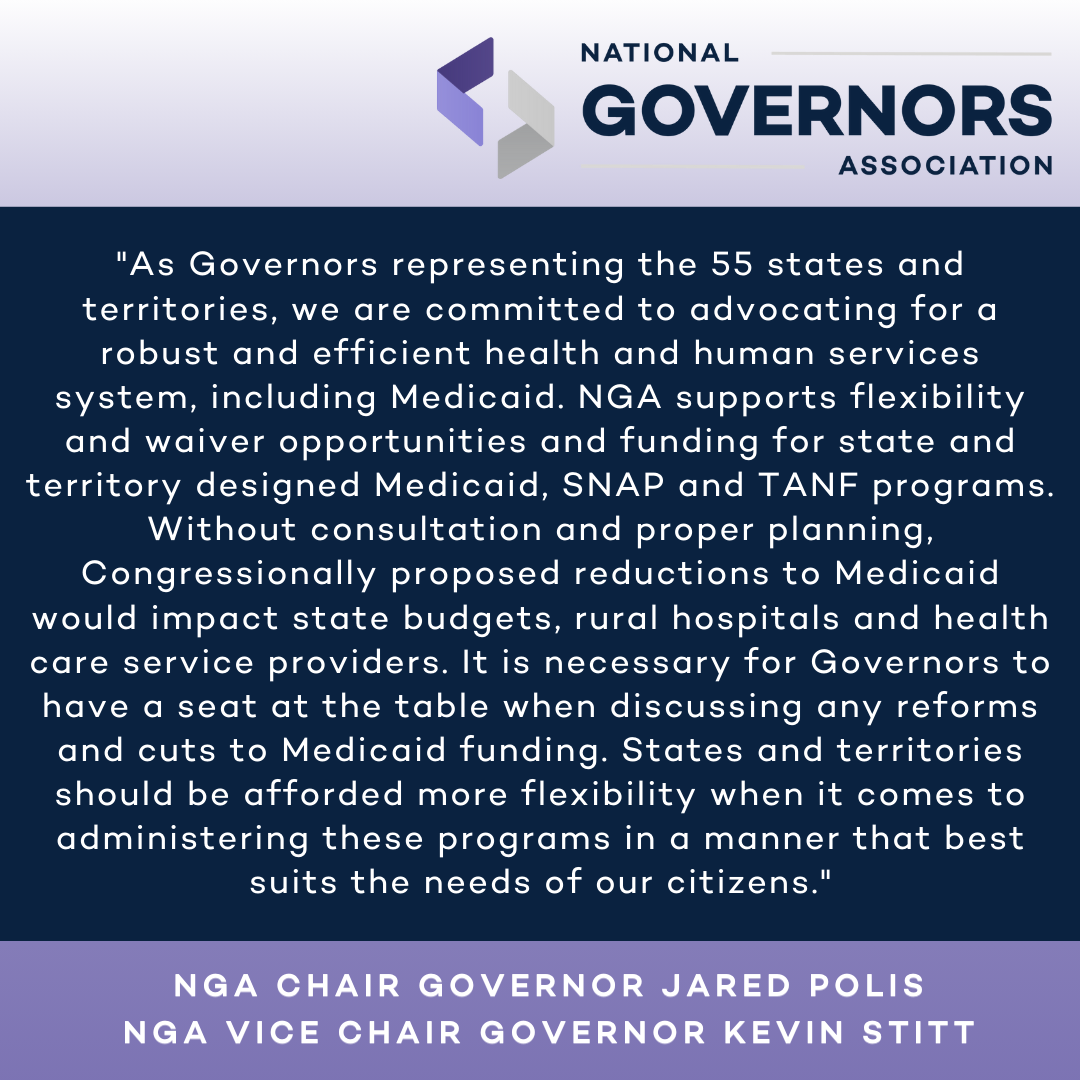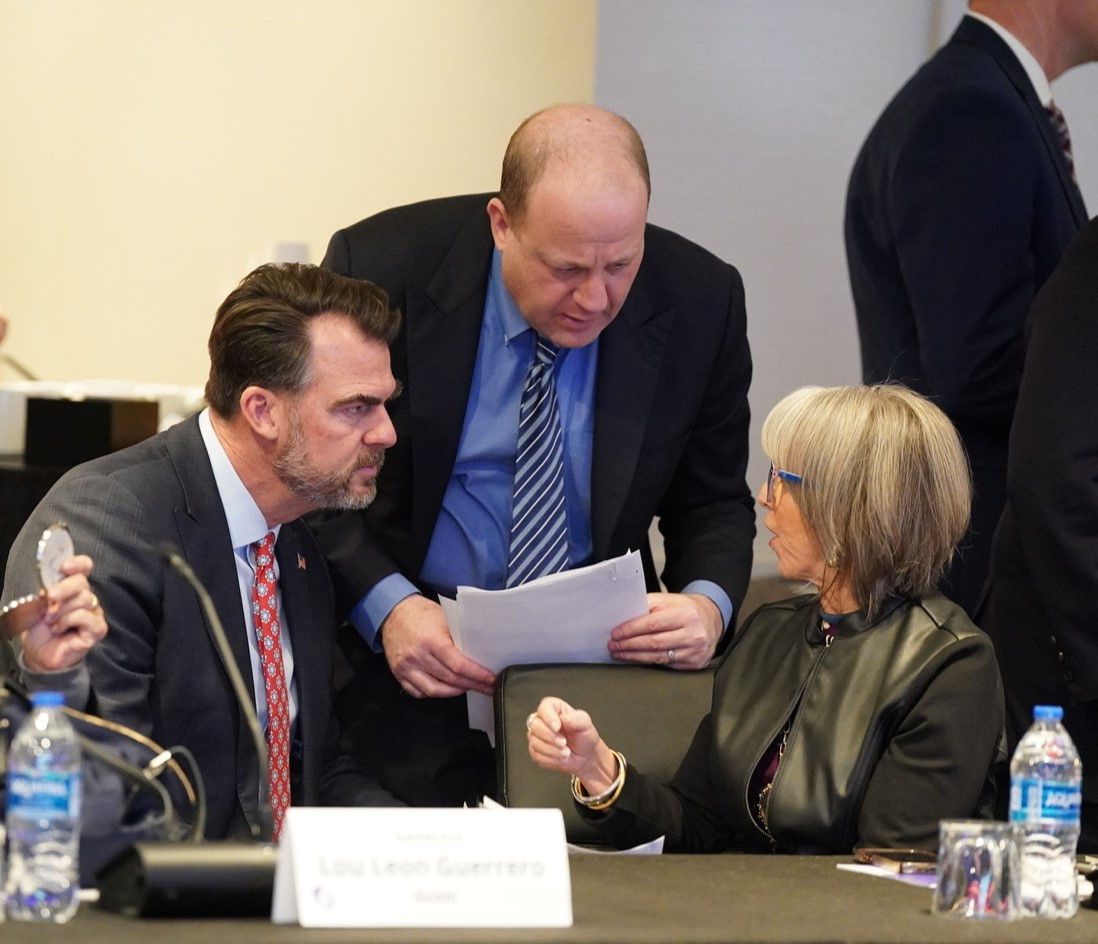Background
While disruptions caused by COVID-19 have led to unprecedented increases in unemployment, some industries are now experiencing regional workforce shortages as they escalate their operations to support the response to the pandemic. This memo highlights examples of strategies that states can use to address workforce shortages in high-demand industries and alleviate unemployment by rapidly reskilling and employing incumbent and dislocated workers.
Industries and Occupations Facing Labor Shortages
Significant changes in consumer behavior in response to COVID-19 has led to increases in demand in some sectors. This has exposed and exacerbated existing labor shortages and brought about new labor shortages in those sectors. For example, the healthcare sector was facing shortages in occupations like nursing before the crisis. As COVID-19 has caused a significant increase in demand for healthcare, especially in certain areas, those shortages have become more pronounced. Similarly, social distancing measures prevent people from leaving their homes to shop, more people are relying on delivery services. This shift has increased demand for delivery and truck drivers, leading to a shortage of drivers and delays in deliveries.
- Motley Fool reports that grocery stores, online retail, cleaning services and food delivery services have all been ramping up hiring to address increasing demand brought about by the pandemic. They present roles in these industries as temporary options for people who have lost their job due to the economic impacts of COVID-19.
- An analysis by Glassdoor of job posts on their site found that healthcare, government and nonprofit sectors are hiring for positions including registered nurses, communications associates and social workers in many regions, especially in states that have been hit hardest by large COVID-19 caseloads thus far.
- The Electronic Recruiting Exchange predicts both long-term and short-term labor shortages in the manufacturing industry as the demand for medical supplies and pharmaceuticals needed to respond to COVID-19 increases and as capacity of key trading partners like China to create these supplies is restricted by the impacts of the virus.
- The National Association of County and City Health Officials estimates that it will require 30 contact tracers per 100,000 people to safely and sustainably reopen the U.S. economy. According to NPR, most states anticipate that they will not be able to meet their estimated need based on the size and capacity of the state’s current contact tracing workforce.
- According to SC Media of the Cybersecurity Alliance, demand for cybersecurity and other IT professionals will remain high through the economic downturn. As more work is done virtually, the need for digital security and other tech solutions will increase.
Workforce System Action
Leverage Federal Funds
States can set aside up to 25 percent of their Workforce Innovation and Opportunity Act (WIOA) Title I Dislocated Worker formula funding as a Governor’s discretionary reserve to strategically target assistance in the event of a mass layoff or emergency and disaster. On behalf of the Governor, a state workforce agency can allocate unexpended reserve funding to local workforce areas who may require additional assistance to cover unexpected funding shortages. A Rapid Response team – frequently consisting of members of state agencies, local workforce areas and American Job Centers – can provide consultation to develop strategies to help businesses avert layoffs and provide information and access to resources to keep businesses operating, such as information on low interest loans, incumbent worker training or Short Time Compensation programs.
- States including Pennsylvania and Vermont have made websites where users can access information about Rapid Response activities that can help support both workers and employers affected by COVID-19.
- States including Maryland and Virginia have created targeted strategies to support lay-off aversion as a result of COVID-19.
- The Maryland Department of Labor (MD Labor) has created guidance, COVID-19 Layoff Aversion Fund, for the state’s small businesses, MD Labor Division of Workforce Development and Adult Learning, and local workforce development areas on the availability, eligibility, and use of statewide Rapid Response funds.
- Virginia Governor Northam has authorized the use of Rapid Response funding to help employers keep their doors open by utilizing funds to clean facilities and support emergency needs as well as support layoff aversion strategies and activities designed to prevent, or minimize the duration of, unemployment resulting from layoffs due to COVID-19.
Disaster Recovery Dislocated Worker Grants (DWGs) provide funding flexibility for states looking to expand Rapid Response and re-employment activities as well as provide targeted resources to assist in cleaning and sterilizing work sites. The CARES Act has made available $345 million in set aside funding that can be used to fund state requests for Disaster Recovery DWGs. At this time, over $100 million has been awarded to states in the first phase of grant awards. States are strongly encouraged to apply for DWGs in additional rounds of funding.
The Commonwealth of Virginia proposed to use these funds to rapidly retrain laid-off hospitality workers to enter highly needed healthcare positions in emergency rooms including admissions, medical assisting and certified nursing assistants. The funds are to be used for supportive services and direct educational costs to provide training to quickly upskill dislocated workers to move into these high-demand jobs.
The state of Maryland proposed to issue sub-grants to local areas and to determine target industries for training based on local demand. Anticipated target industries in their state proposal include environmental services, healthcare, hospitality, logistics, and manufacturing. Local areas can use these funds to support workers dislocated by COVID-19 through activities including career services, resume development, assessment and occupational training.
The state of Colorado proposed to use these funds to support a variety of services to incumbent workers, dislocated workers and employers with the overarching goals of working with employers to prevent layoffs and mitigating the impact of layoffs on workers.
The state of New Mexico has outlined a plan to use their $3 million of DWG funds to support three key efforts:
- Allocate funds to be utilized in providing training for needed workers to respond to the health crisis, including direct care and public health response (contact tracing, outreach)
- Provide customized training for businesses who plan to re-tool their operations, to manufacture PPE or sanitation supplies, or to provide training on deep cleaning techniques
- Initiate a transitional jobs program to a to promote successful transition into work for non-violent offenders scheduled for early release due to COVID-19.
Use Labor Market Information (LMI) to Identify Vulnerable and Promising Industries and Occupations
The Northern Virginia Regional Commission has created a dashboard tracking COVID-19 Economic Impacts in Virginia which displays state and county level total unemployment rates, number of unemployment claims and the percent of workers in “most vulnerable industries” based on potential for elimination of positions. While this tool focuses primarily on industries that will be negatively impacted by COVID-19, LMI could be similarly used to identify industries with job opportunities at the state and county level.
Economic Modelling Specialist Inc. has created an interactive map that shows the change in the number of job postings over the past month and compared to last year’s average by state. Users can filter by industry, occupation and skill type.
Chmura Economics & Analytics has created a COVID-19 Economic Vulnerability Index which predicts the negative impact the coronavirus crisis will have on employment based upon a region’s mix of industries. States can use this metric to understand which counties may benefit most from targeted reskilling and job placement services and which counties may have job openings in industries that are less vulnerable to job loss.
Provide Information About In-Demand Jobs to Job Seekers
New Jersey has created a job portal that is housed in their online COVID-19 Information Hub that is directed at workers who lost their job as a result of COVID-19 and specifically features jobs in “critical industries” like healthcare and human services, grocery stores and food delivery and shipping, logistics and transportation.
New Mexico includes a list of industries and companies that are actively hiring on their Information for Workers Affected by COVID-19 website. Industries featured include government, grocery, health and essential support services, retail and food delivery.
The Job Center of Wisconsin has compiled a list of In-Demand Jobs in industries like community and social services, building and grounds cleaning and maintenance, food preparation and serving, and healthcare. Each job title links to currently available positions in that area.
A partnership between LA City WDB and the Los Angeles Office of Workforce and Economic Development has created L.A Jobs Portal. This portal highlights driver jobs, grocery store jobs and virtual jobs that are available and deemed essential amidst the city’s Safer-at-Home order.
The Need A Job Now National Exchange is a job search site created by the National Labor Exchange through a partnership with DirectEmployers and the National Association for State Workforce Agencies (NASWA). The site contains over 400,000 urgent job openings that are geared towards those who have lost their job due to the economic impacts of COVID-19.
The Indiana Department of Workforce Development is hosting a virtual job fair focused specifically on job openings in the healthcare industry within five hospital systems in Northeast Indiana.
Washington, Oregon, California, Colorado, Illinois, Maryland, New Jersey, Virginia, New York and Connecticut have partnered with OnwardUS, a one-stop platform that provides resources to access life services, job training, and job search. The site features a dynamic matching tool that allows users to search jobs based on qualifications, hour and industry preferences and wages.
Connect Employers with Qualified Employees
The Tennessee Labor Exchange is a partnership between Hospitality TN, Tennessee Retail and Tennessee Grocers and Convenience Store Association that aims to place people who have been laid off of from the hospitality industry as a result of COVID-19 into positions in grocery, retail and logistics industries through an online platform called Jobs4TN.
The San Diego Workforce Partnership provides resources for job seekers and employers to help address shortages in industries essential to the COVID-19 Response. They are facilitating hiring events to match workers with jobs that match their skills and working with employers to provide accelerated training in critical supply-chain fields.
Accenture, Lincoln Financial Group, ServiceNow and Verizon have collaborated to create an online platform called People + Work Connect which “is designed to move large pools of people from one pool to another”. Through this platform, companies that are either hiring or laying off approximately 100 people are able to connect and facilitate movement of employees from eliminated positions into open positions. This tool allows employers to consider industry, function and geography in identifying effective partners to transition workers to or from.
Hilton has formed partnerships with several companies including Walgreens, CVS and Albertsons to place people who are temporarily as a result of declining business in the hospitality industry into quickly train and place workers into temporary roles that are in high-demand in the essential retail industry. The customer service and hospitality skills that Hilton employees have gained through their work in the hospitality industry help them to meet the current needs of the essential retail industry. Local workforce areas can identify companies in their communities that may be well suited for a similar type of partnership as COVID-19 continues to shape the demands of our economies.
Online Job Training
Governor Mills signed an executive order that provided flexibility to the Maine Community College System in order to enable the system to quickly expand online training offered by the Maine Quality Centers Program to respond to the workforce demands and economic effects of COVID-19 with expedited training programs.
The Connecticut Governor’s Workforce Council in Connecticut has expanded access to Metrix Learning licenses for those receiving unemployment insurance through SkillUpCT. This platform allows eligible residents to take courses on a variety of topics and enroll in training tracks leading to over 100 industry certifications.
A coalition of CTE organizations have partnered to form a newly-formed central portal where instructors and students can go to access much needed resources including hundreds of online classes, videos and instructional materials in areas such as machining, welding, mechatronics, industry 4.0 and programming. States could use these resources to help train displaced workers in industries that have not been as significantly impacted or may be experiencing labor shortages as a result of COVID-19.
Johns Hopkins Bloomberg School of Public Health has developed an online training for contract tracers. The state of New York is partnering with Johns Hopkins to train a workforce to meet their demand for tracing required to reopen their economy.
CompTIA is responding to COVID-19 by conducting live, virtual training for unemployed and underemployed during the crisis. CompTIA also provides WIOA-approved training programs.
For more information on how states are approaching virtual job training, see NGA’s memo on Delivering Workforce System Employment and Training Remotely.
Licensing Modifications for Skilled Healthcare
Many states have modified requirements to expedite the process for those whose license has expired to obtain re-licensure, including for retired licensees. 50 states and DC have temporarily waived certain licensure requirements and 38 states have expedited licensure for retired and inactive physicians.
Several states have taken measures to allow medical professionals to practice in their state if they hold a valid license issued by another state. The Federation of State Medical Boards has issued Recommendations for Medical License Portability During COVID-19 Pandemic to consider in the implementation of such a policy. One way that states can utilize skilled healthcare workers licensed in other states is to allow increased administration of telehealth across state lines, which 49 states have done.
For more information on how states have modified licensing regulations and requirements to address COVID-19 healthcare workforce demand, see the following related resources:
- NGA: Gubernatorial Strategies to Expand Health Care Workforce and Facility Capacity
- NGA: Telehealth Strategies
- NCSL: COVID 19: Occupational Licensing During Public Emergencies
For questions or concerns related to the contents of this memo, please contact NGA staff:
- Madelyn Rahn (mrahn@nga.org; 202.719.2871)
- Loren Shimanek (lshimanek@nga.org; 202.624.5306)
All NGA COVID-19 memos can be found here, or visit COVID-19: What You Need To Know for current information on actions States/Territories are taking to address the COVID-19 pandemic; as well as advocacy, policy, and guidance documents for protecting public health and the economy.













